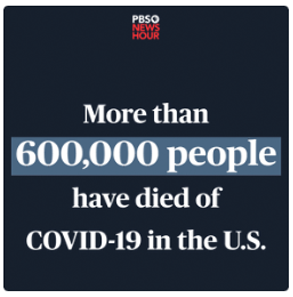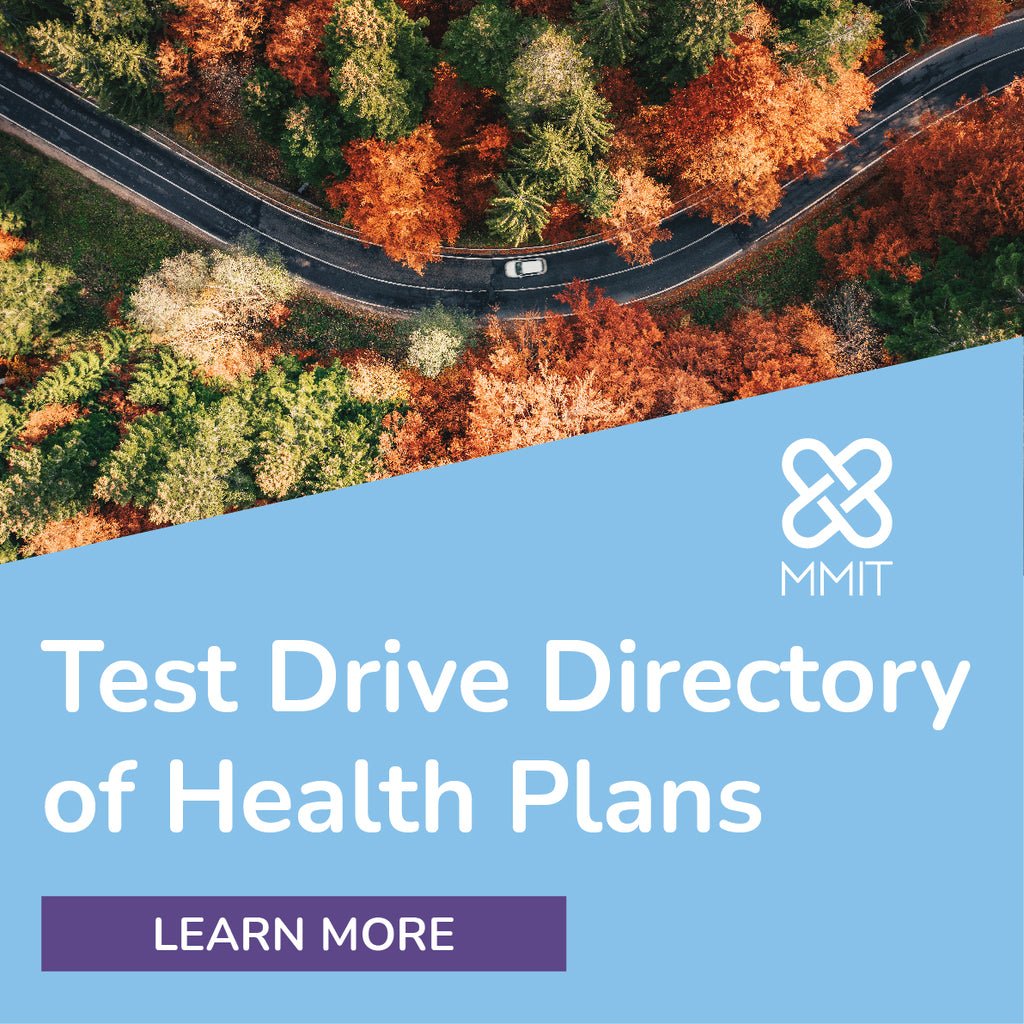Radar on Medicare Advantage
-
Operationalizing MA Supplemental Benefits, Network Adequacy Proposals Could Impact Stars
In a Nov. 15 rule proposing policy and technical changes for the 2025 Medicare Advantage and Part D plan year, CMS made numerous changes aimed at protecting beneficiaries from “predatory marketing” and ensuring they enroll in the MA plans that best meet their needs. And depending on how plans execute these new provisions, some have the potential to impact Star Ratings, industry experts observe. At the same time, the rule proposed several methodological enhancements, clarifications and operational updates to the 2025 Star Ratings.
For example, CMS provided an update on its plans to include the Universal Foundation of quality measures that would align across all CMS programs and to provide a “building block to which programs will add additional aligned or program-specific measures.” As part of this plan, CMS said it has submitted the Initiation and Engagement of Substance Use Disorder Treatment (IET) Part C measure to the Measures Application Partnership (MAP) for review as a measure under consideration. Additionally, CMS indicated that it will submit three other Universal Foundation measures — Adult Immunization Status, Depression Screening and Follow-Up, and Social Need Screening and Intervention, which are now reported as display measures — to MAP prior to proposing the use of those measures in future rulemaking.

-
As CMS Seeks Utilization Data, Supplemental Benefits Drove 3Q MLRs
Rising utilization in Medicare Advantage caught the attention of investors earlier this year after UnitedHealth Group disclosed an increase in outpatient care utilization in June, followed by Humana Inc.’s revelation that it was also seeing elevated medical costs due to an increased use of services. When reporting second-quarter 2023 earnings this summer, several insurers indicated that they were able to factor such trends into their bids for the 2024 plan year. Now, it appears that insurers’ rich supplemental benefit offerings continue to drive costs, as both CVS Health Corp. and Humana attributed elevated medical loss ratios (MLRs) in the third quarter to higher-than-normal uptake of benefits such as dental and flexible spending cards.
-
With Mixed Results Across ACOs, Direct Contracting Model Serves Up Seven-Fold Increase in Savings
Despite the program receiving continued pushback from progressive lawmakers, data from the since-renamed Global and Professional Direct Contracting (GPDC) Model suggests that it is making significant strides, with participants driving gross savings exceeding $870 million in 2022, more than seven times the $117 million in gross savings reported for performance year 2021. At least five known Medicare Advantage sponsors have subsidiaries participating in the model, which allows Accountable Care Organizations (ACOs) to share risk and receive capitated payments for serving fee-for-service (FFS) beneficiaries.
CMS, in a fact sheet highlighting the performance year 2022 data, observed that the total financial savings increased year over year because of “growth in model participation, a longer performance period in PY2022 (12 months vs. 9 months in PY2021), and performance improvements by model participants as they gained experience.” Last year, 99 Direct Contracting Entities participated in the model, up from 53 DCEs in 2021, with 21 million beneficiary months, compared with 3 million beneficiary months in 2021.

-
Latest Round of RFPs Focuses on Integrating New Medicaid Populations, Improved Analytics
With more than 78% of Medicaid beneficiaries enrolled in managed care plans as of the latest update to AIS’s Directory of Health Plans (DHP), winning and maintaining state contracts is crucial to MCOs that serve the Medicaid population. Six states have pending requests for proposals (RFPs) that serve about 11 million lives combined, while four states recently awarded new contracts.
In recent years, new Medicaid RFPs have emphasized population health, asking payers to focus on health equity and social determinants of health while integrating services such as behavioral health, managed long-term services and supports (MLTSS), and pharmacy services into acute care. For example, Georgia will shift its aged, blind and disabled Medicaid population from fee-for-service care delivery to managed care when its new contracts begin, and Virginia plans to combine its MLTSS and managed Medicaid plans into one program. States also want improved analytics capabilities to track member outcomes and simplify claims and appeals processes.

-
Rumored Cigna MA Spinoff Could Clear Ground for Government Megamerger
The Cigna Group could be fielding offers for its Medicare Advantage book, according to a Nov. 6 Reuters report. Experts say that a spinoff is plausible given the small size of Cigna’s MA book and Cigna’s heavy focus on commercial insurance — and Wall Street analysts say the move could be a first step towards a megamerger with a government-focused insurer.
Wells Fargo and RBC analysts say that the move could be an effort to preempt the intense antitrust scrutiny Cigna might face if it sought to merge with a government insurance-focused firm such as Humana Inc. or Centene Corp., because Cigna would have only commercial and Affordable Care Act marketplace books after an MA spinoff.












